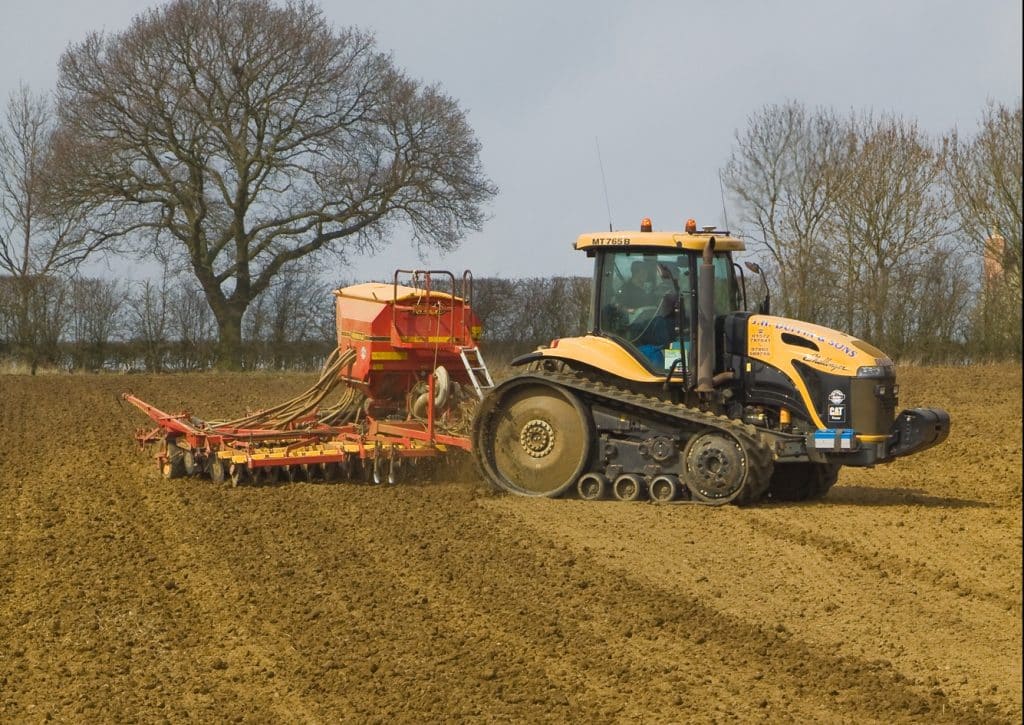Dry spell sees farmers catch up with drilling – Farmers Weekly
Our crop consultants from across the country give a unique insight into agronomy issues for this season ...
East Rory Kissock Farmacy (Essex, Herts, Cambs and Suffolk)
Hindsight is most definitely a wonderful thing, and since my last column on 15 Octo- ber, conditions in the region have just got better and better for drilling. Those with the nerve and patience to wait have certainly reaped the benefits of good blackgrass flushes and great seed-bed conditions.
The range of seed-beds this autumn have posed challenges when it comes to pre-emer- gence herbicides. The majority have gone well and sprayers have travelled with little to no mess. Where the end result is slotted, open or shallow, herbicides have had to wait till after the crop has emerged to avoid any damage.
As drilling continues, growers should be aware of the cut-offs for the actives involved, be it calendar date or growth stage. It’s also useful to remember large diurnal swings in temperature can stress young crops very easily and herbicide damage may be seen.
Without the risk of sounding like a stuck record, I must remind you all of the barley yellow dwarf virus risk. At the point of read- ing this, early-drilled crops may have gone through two 170 day degree cycles and the aphid threat remains high. Accurate recording of dates, monitoring of crops and looking at trap data are all important for an integrated pest management approach to the virus.
Oilseed rape
Oilseed rape is benefiting from the drier, warmer weather recently and is continuing to grow well. Inspection of leaf petioles show the usual scars from cabbage stem flea beetle and also rape winter stem weevil. The only way to identify the pest present is to cut into the plant to reveal the larvae. Beetle larvae have a distinct head (black in this case) and three pairs of legs on the thorax. Weevil larvae have a distinct head (brown) and no legs.
Phoma risk in OSR has been relatively low since the dry weather, however, it has been present in some crops. Monitoring of the disease will be ongoing and, if required, an application of prothioconazole will be given.
I have been questioned recently about drill- ing spring barley or spring beans in the next few weeks if the conditions stay conducive to do so. There are pros and cons of course, but in the eyes of the Chemicals Regulation Division, any crop drilled before 31 January is consid- ered a winter crop despite having spring genet- ics. My advice is to wait, finish the last of the winter jobs and take a well-earned breather.
